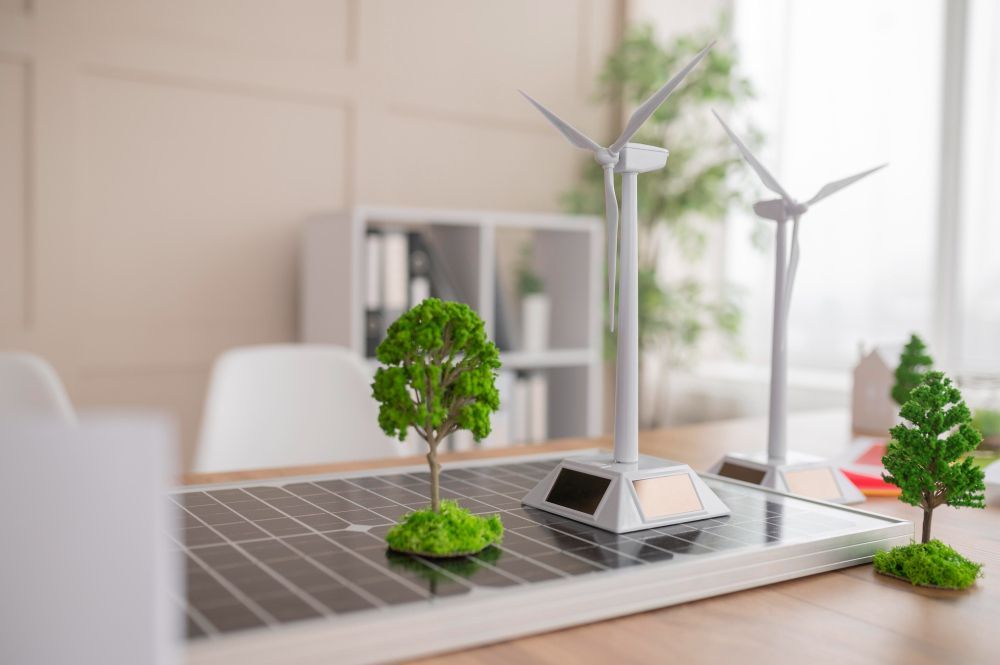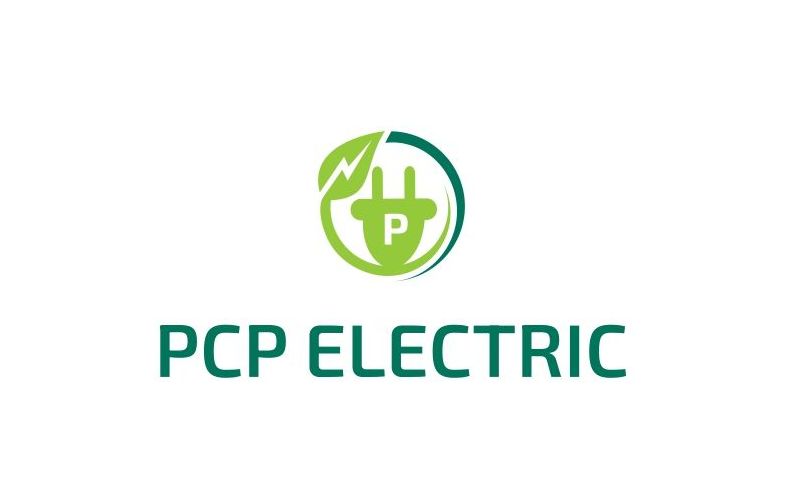Green Energy: Reducing Carbon Emissions
Green Energy: Reducing Carbon Emissions

The world is at a crucial point, the choices we make about energy use affect the environment a lot. Among the most pressing issues is the need to reduce carbon emissions, which are a leading cause of climate change. Green energy offers a sustainable and effective solution, paving the way for a cleaner and more resilient future.
Carbon dioxide and other greenhouse gases in the atmosphere are causing global warming, rising sea levels, and extreme weather. These changes not only threaten ecosystems but also pose risks to human health, food security, and economic stability. We all need to work together to make some changes in how we produce and consume energy. It so important to focus on sustainable and low-carbon solutions.
Read also Empowering Industries: The Impact of Industrial Automation and Power Distribution in Singapore
What is Green Energy?
Green energy definition refers to power generated from natural resources that are renewable energy production and have minimal environmental impact. In contrast to fossil fuels, which contribute significantly to the release of carbon dioxide and other greenhouse gases, green energy sources offer a clean and sustainable alternative. Examples of green energy include:
- Solar Energy: Captures sunlight to generate electricity or heat through solar panels and solar thermal systems.
- Wind Energy: Uses wind turbines to convert kinetic energy from the wind into electrical energy.
- Hydropower: Harnesses the energy of moving water, such as rivers or tides, to produce electricity.
- Geothermal Energy: Extracts heat from the Earth to generate electricity or provide direct heating.
- Biomass Energy: Converts organic materials, such as agricultural waste or wood, into energy.
The Role of Green Energy in Reducing Carbon Emissions
We can all play our part in saving the planet by making the switch to clean, green energy. It a great way to help fight climate change and reduce our carbon footprints. Here’s how green energy helps:
1. Minimizing Greenhouse Gas Emissions
The combustion of fossil fuels for energy is responsible for the majority of global carbon emissions. In contrast, green energy sources produce minimal to no greenhouse gases during operation. For instance, a wind turbine generates electricity without emitting carbon dioxide, in contrast to coal-powered plants.
2. Decreasing Dependence on Fossil Fuels
The reliance on renewable energy sources serves to reduce the demand for fossil fuels, which are finite in nature and have a detrimental impact on the environment. This transition results in a reduction in carbon emissions across a range of sectors, including transportation, manufacturing, and power generation to be new energy as an alternative energy in Singapore.
3. Promoting Energy Efficiency
There is a plethora of green technologies on the market that are designed to enhance energy efficiency. For instance, green electricity by solar panels and LED lighting can utilize less energy while maintaining or even exceeding their performance levels.
Global Impact of Adopting Green Energy
Countries around the world are making significant strides in adopting green energy policies. For example:
- Iceland generates almost all the energy from geothermal and hydropower sources.
- Germany is a leader in solar and wind energy adoption, setting ambitious goals to phase out coal.
- China is the largest carbon emitter. It has also become the biggest investor in renewable energy. This shows a global shift towards more sustainable.
The impact of such initiatives is profound. Renewable energy adoption not only reduces emissions but also creates jobs, enhances energy security, and fosters economic growth.
Challenges to Overcome
While green energy is clearly a good thing, there are still a few hurdles to overcome.
- High Initial Costs: Setting up renewable energy infrastructure can be expensive, though costs have been steadily declining.
- Weather Issues: Solar and wind energy depend on weather conditions, requiring advancements in energy storage technologies.
- Land Use and Environmental Concerns: Large-scale projects, such as dams or wind farms, may impact local ecosystems.
The Path Forward
To fully harness the potential of green energy, governments, industries, and individuals must work together. Key steps include:
- Investing in Research and Development: Continuous innovation is essential to make green technologies more efficient and affordable.
- Implementing Policies and Incentives: Subsidies, tax breaks, and regulations can encourage businesses and households to adopt renewable energy.
- Raising Public Awareness: Educating people about the benefits of green energy and sustainable practices can drive behavioral change.
Conclusion
Green energy is a key part of the fight against climate change. Reducing carbon emissions facilitates the mitigation of environmental degradation and establishes a foundation for a more sustainable future.
We all know there are challenges ahead, but if we work together, we can overcome them. This will help future generations have a cleaner, greener planet. It not just an option, it's a necessity for the health of our world.
Plus, switching to renewable energy meaning is a chance to build a new way of producing clean energy system that is fair, strong, and affordable. It sparks new ideas, creates jobs, and improves public health by reducing on air and water pollution. Governments, businesses, and communities have a huge part to play in this change, making sure that the benefits of green energy are available to everyone.
At the end of the day, it's up to us to make our planet greener. By backing policies, tech, and lifestyle changes that focus on sustainable energy, we can collectively reduce on carbon emissions and tackle climate change. It's time to take action, and the choices we make now will shape the legacy we leave for future generations.


